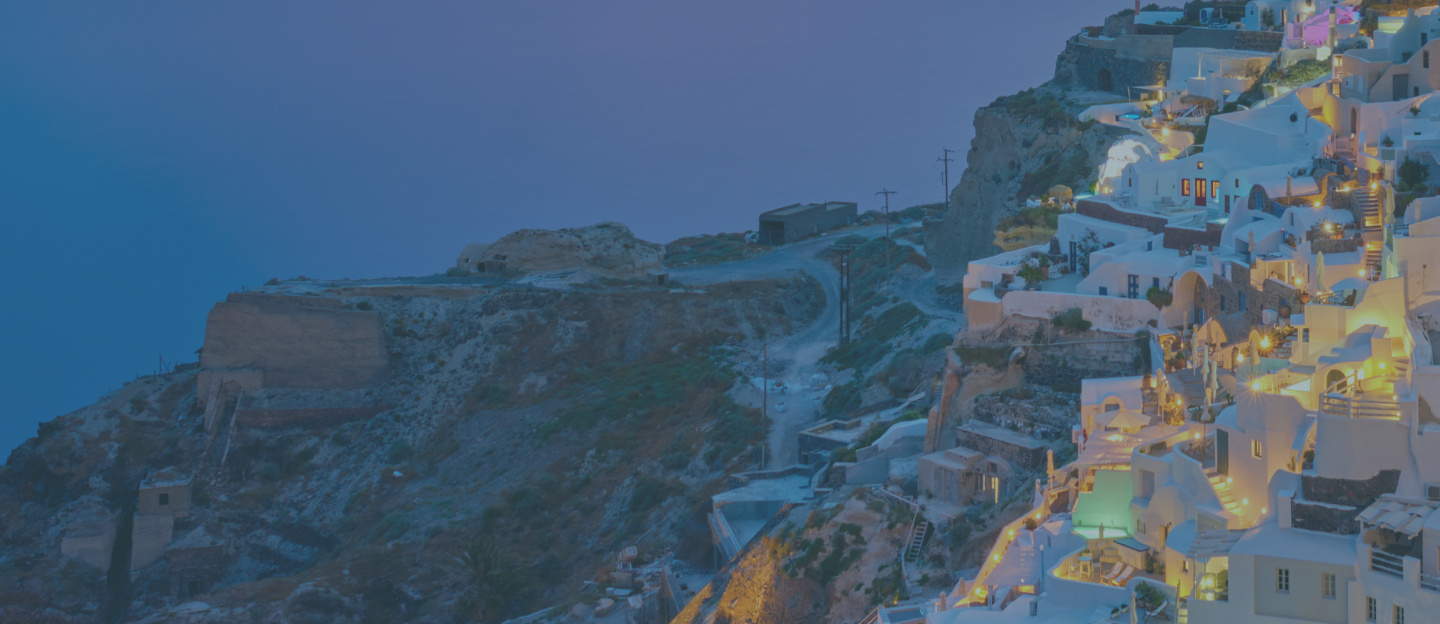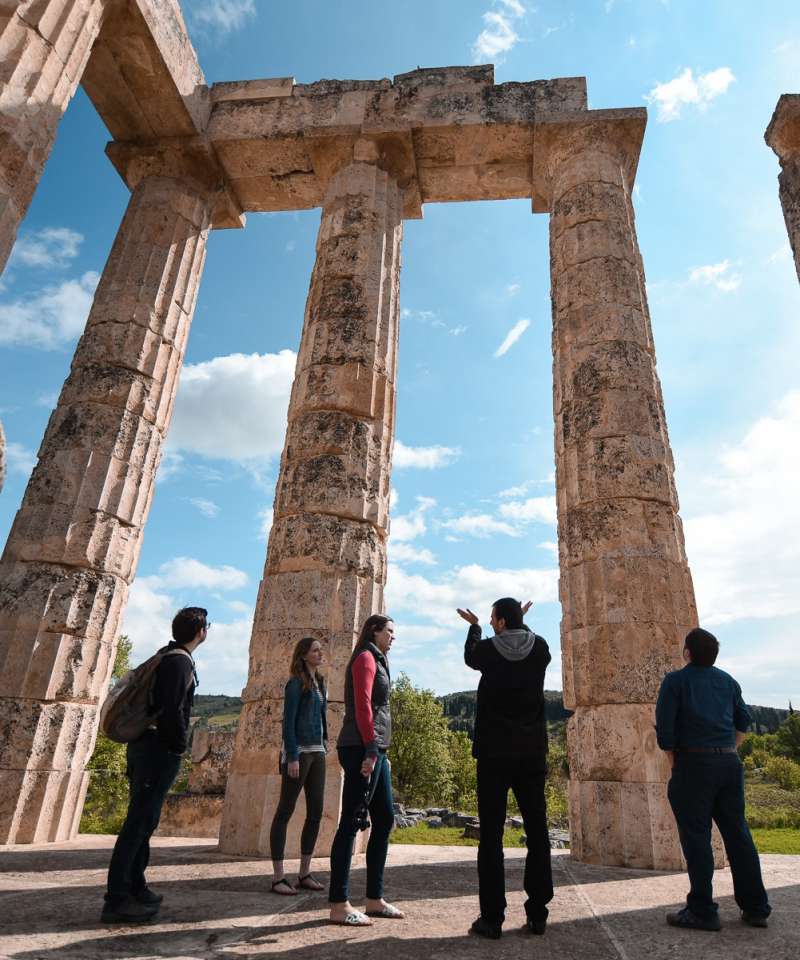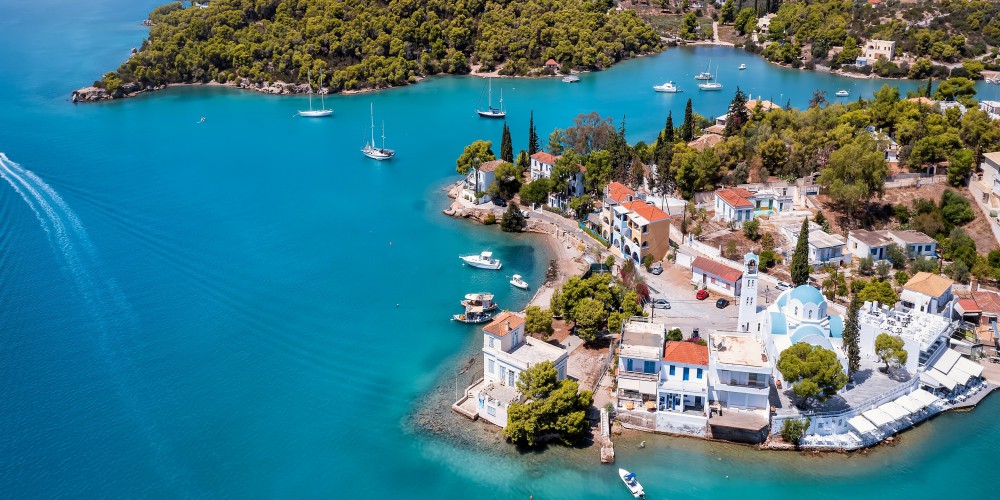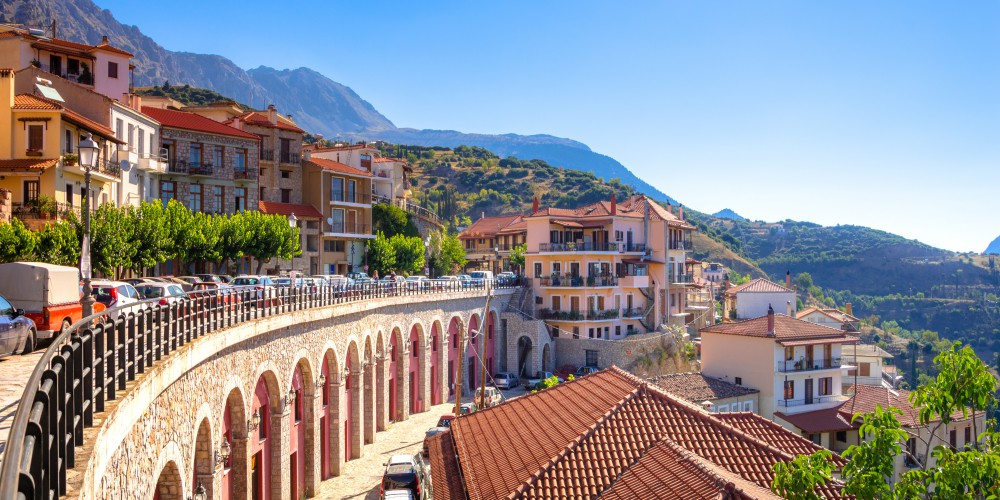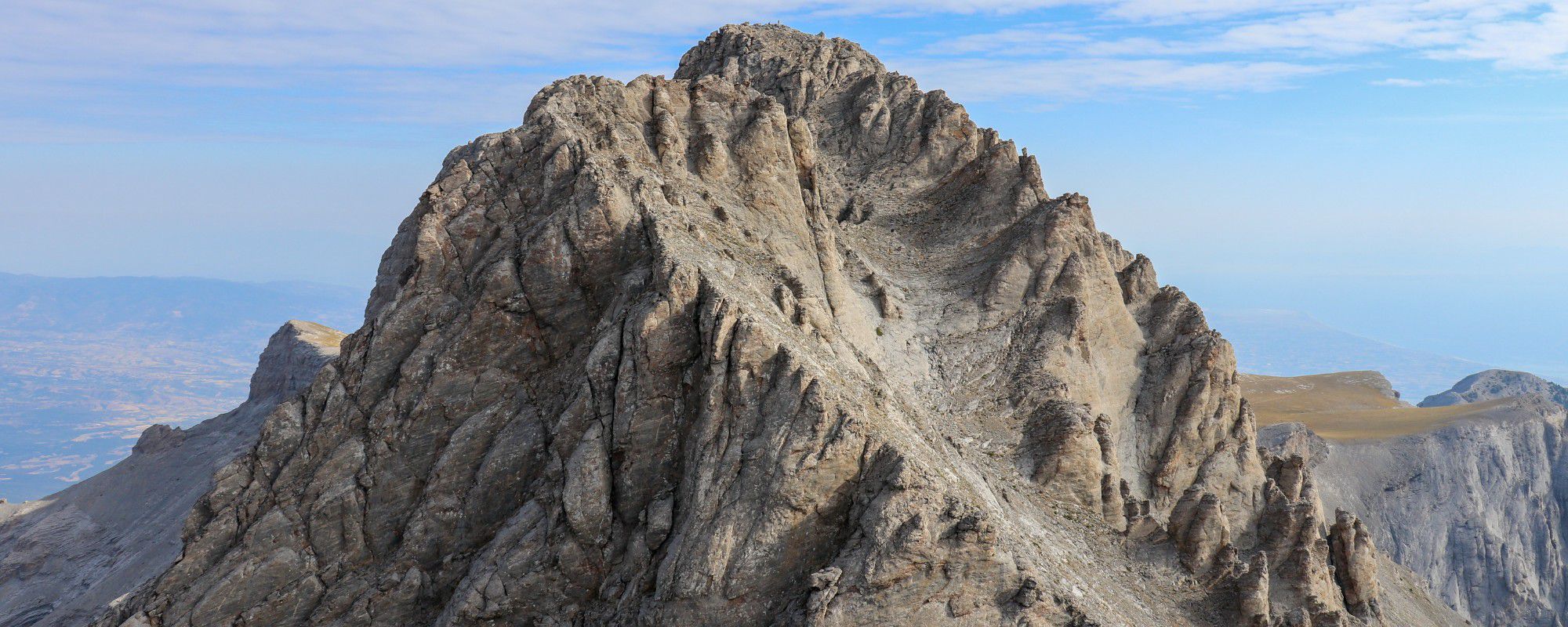
Mount Olympus; Greek Mythology and Wild Nature
Key Takeaways:
- Mount Olympus is renowned as the home of the Olympian gods and goddesses in Greek mythology.
- It is the highest peak in Greece, standing at around 9,570 feet (2,917 meters).
- The mountain features diverse ecosystems, including lush forests, alpine meadows, and deep gorges.
- The ancient city of Dion, located at the foot of the mountain, was an important religious center dedicated to Zeus and the gods.
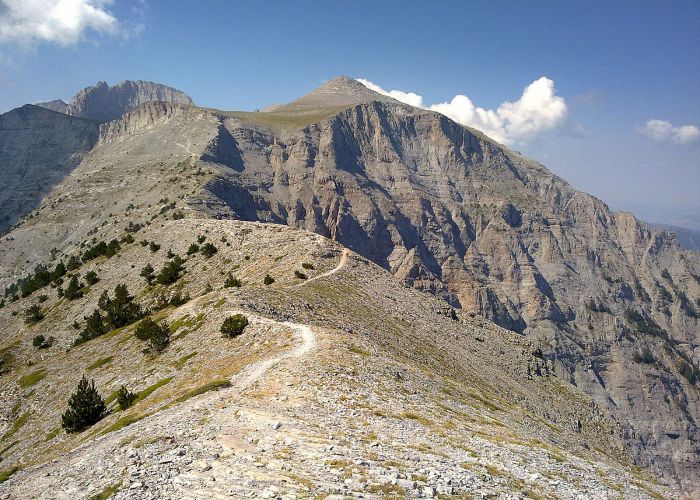
Mount Olympus is much more than just a mountain. It is a whole world of natural beauty, history, and mythology. It rises proudly, like a giant tower at almost 3,000m, without any surrounding mountains challenging its dominance.
- It is the tallest mountain in Greece and is known worldwide mainly for its mythological context. On its highest summit, Mytikas, which reaches 9,570 feet, lived the twelve Olympian gods, according to the religion of the ancient Greeks.
- It is also the second tallest mountain in the Balkans (after Rila in Bulgaria) and in the whole region of Europe, from the Alps to the Caucasus.
- Mount Olympus dominates the borders of Macedonia and Thessaly, with a series of peaks that groove deep ravines, around which extends an area of exceptional biodiversity. To protect this unique heritage, it was declared as early as 1938 as the first National Park of Greece.
At the foot of Mount Olympus, 5 km from the sea, is Dion, a sacred city of the Macedonians, dedicated to Zeus and the twelve Greek gods. Its heyday is placed between the 5th BC and the 5th AD century.
The excavations, which began in 1928 and continue until today, revealed rich finds from the archaeological and historical sites filled with Greek ruins that date back to the Macedonian, Hellenistic, and Roman eras, which you can find in the Archaeological Museum of Dion.
Pimblia and Levithra, two other ancient cities in the Mount Olympus region, are related to the myth of Orpheus and the Orphic mysteries.
During the years of the Turkish occupation, the mountain was a hideout and base for famous thieves and charioteers. In recent years, after 1900, bandits operated here. During the German invasion in 1941, the Greek army, together with units of New Zealanders and Australians, fought major battles in retreat. Immediately after, the National Resistance nested here.
A refuge in all the revolutions from time to time was the Holy Monastery of Agios Dionysios on Mount Olympus, which, during the German occupation, was blown up from the foundations by the German troops.
In recent years, restoration and renovation works have been carried out on the old monastery. Inside the already restored Catholicos of the Monastery is the tomb of Agios Dionysios. Half an hour from the Monastery, in a cave, is the hermitage ("Aion Spilaion") and the sanctuary of the Saint.
The one who first climbed to the top of the mythical mountain at 9,570 feet, Mytikas, was Christos Kakkalos, a local hunter and luthier, leading two Swiss climbers, the famous photographer Frederic Boissonnas and his companion, Daniel Baud-Bovy, there on August 2, 1913.
Every year, thousands of nature lovers visit Mount Olympus to admire the charm of its nature up close and enjoy touring its slopes. Even more mountaineers and climbers flock from every corner of the planet to conquer its peaks, especially Mytikas, the residence of the twelve Greek gods.
Organized mountain shelters with various hiking and climbing routes are at the disposal of visitors who want to explore Mount Olympus' beauties.
The classic starting point is Litochoro, the seat of our Municipality, at the eastern foot of the mountain, 100 km from Thessaloniki, where the world-famous Mount Olympus Mountaineering Marathon ends at the beginning of every summer.
Greek Mythology
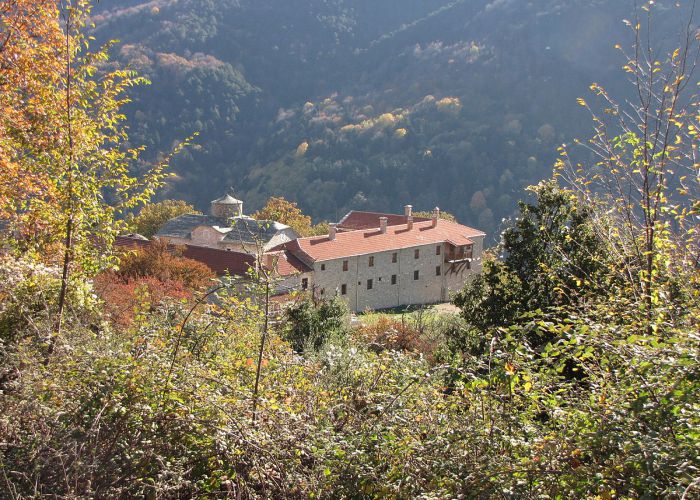
The word Olympus is pre-Greek and probably meant mountain. Its shape, the charm of its varied and changeable nature, and its high peaks, filled with mist and low clouds that often bring storms, conveyed awe and admiration to the prehistoric man who lived in the foothills of the mountain, where finds from Iron Age settlements come to light today from the archaeological hoe. It is not improbable that these first inhabitants created the legends that later gave birth to the Twelve Gods of the Ancient Greeks.
The twelve gods dwell in the deep gorges, "the folds," where their palaces are also located. The blessed gods feasted at the Pantheon, the highest peak of Mytikas, which was also their meeting point.
To the east of the mountain, in Pieria, the mythological tradition placed the nine Muses, patrons of the Fine Arts, daughters of Zeus, and the Titanid Memory: Cleo, Euterpi, Thalia, Melpomene, Terpsichore, Erato, Polymnia, Urania, and Calliope.
In the surrounding area of Mount Olympus and lower Olympus, its foot, important cities, and sanctuaries of antiquity developed. The most important cult site was dedicated to Olympian Zeus, whose Pan-Macedonian sanctuary, Dion, which developed into a holy city, was located near the present-day homonymous village, which was called Malathrias until excavations brought to light the ruins of the holy city.
The always snow-covered, majestic peaks of Mount Olympus naturally evoked awe in the souls of the ancient Greeks and was considered a sacred place.
Thus, from the great multitude of Gods and heroes of Greek Mythology, our ancient ancestors chose the twelve most representative, meaningful, and symbolic and placed them as their protectors and judges in the Olympian palace on the highest peak of Mytikas.
A peak that they never stepped on because of its sanctity. They climbed up to the peaks of Agios Antonios and Prophet Ilias, where they left their offerings.
The Ancient History of Mount Olympus
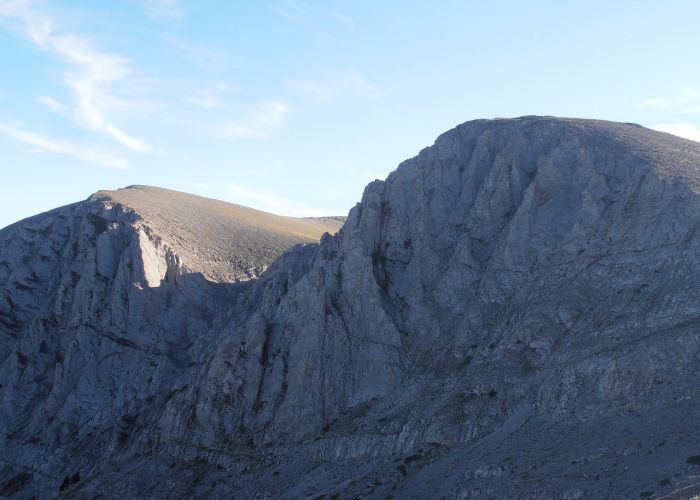
Although many mythical tales have been connected with Mount Olympus, archaeological evidence has been lacking. That doesn't mean it doesn't exist. The country of Greece contains such an abundance of historical resources that few archaeologists go into excavations. Some iron-age finds are likely to reveal new material.
Other sites can be found near Dion, an ancient Macedonian capital. Findings from the Dion archaeological park indicate Alexander the Great was offering sacrifice before going into battle.
The Modern History of the Mountain
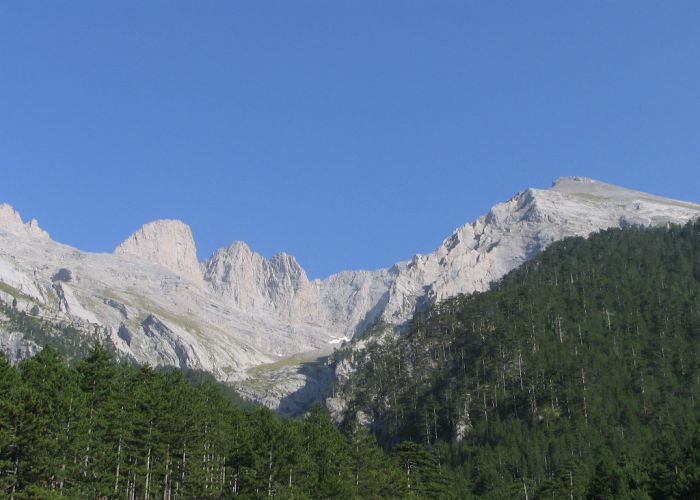
Mount Olympus is mentioned in the period of the Turkish occupation. At this point, a turbulent history begins, given that its wider area was a battleground for controlling access from Thessaly to Macedonia since ancient times.
During the Turkish occupation, the mountain was a hiding place and base for famous thieves and charioteers. The second chariotry in Greece was founded on Mount Olympus, led by Kara Michalis. The action of the thieves on Mount Olympus caused the Turks to vent their anger on the thieves' ally, Milia, which they destroyed. At that time, the seat of his charioteer.
Mount Olympus and Western Macedonia became the Olympus Meadow, and its first recognized commander was Panos Zidros. In the 18th century, the Turks were forced to replace charioteers with Turkalvan charioteers, who ravaged the Macedonian countryside. However, until their capitulation with Ali Pasha, the charioteers of Olympus did not stop fighting on land and at sea.
However, the region of Mount Olympus couldn't join the borders of the new Greek state, and two more uprisings followed until 1878, when a great revolution marked the beginning of the region's liberation.
During the Second World War, essential battles occurred on Mount Olympus between German and Greek, and allied troops. Bandits operated there from the beginning of the 20th century until the first years after the liberation.
During the German invasion in 1941, the Greek army and units of New Zealanders and Australians fought important battles. After the National Resistance nested there, the spark was lit a little later in Litochoro, which led to the tragic civil war.
Olympus National Park
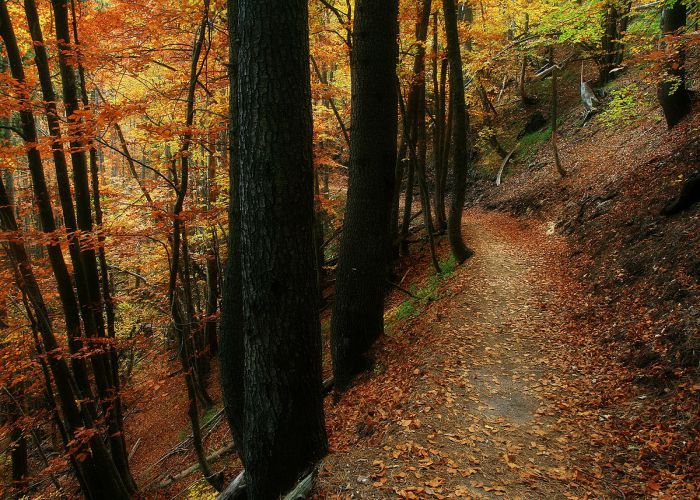
Greece's highest mountain, the residence of the twelve Gods of ancient Greece, is also the first area for which, 50 years ago, a special protection regime was applied in our country with its declaration as a National Park in 1938.
The purpose of Olympus being named a National Park was to preserve the natural environment of the area, i.e., the wild flora, fauna, and natural landscape, as well as its cultural and other values.
Furthermore, the Olympus National Park declaration was made to strengthen scientific research alongside the environmental education of the public and the development of tourism in the broader region.
By special legislation, any exploitation has been prohibited on the east side of the mountain in an area of approximately 40,000 acres, which represents the core of the National Park.
A wider area around the core was designated a 'peripheral zone of the Olympus National Park' so that it could be managed and exploited so as not to negatively affect the protection of the core.
Today, after a particular study, the Olympus National Park has expanded to an area of 234,000 acres. The lowest altitude is 600m, while its highest peak is Mytikas at a height of 2,918m or 9,570 feet.
Mount Olympos is known worldwide for its ecological characteristics, unique natural beauty, and connection with ancient Greek mythology and the Greek gods. The variety of its habitats is impressive.
The intense diversity of the relief of Olympus National Park, the different orientations of the slopes, the rock, the great height, and the short distance of the peaks from the sea create deep gorges and a wide variety of types of vegetation and habitats. The Olympus National Park's importance has been recognized in Greece, Europe, and worldwide.
In 1981, UNESCO declared Mount Olympus a 'Preservable Ecosystem of the World Biosphere Reserve.' The European Community has included Olympus in the 'Important Bird Areas of the European Community.' It has also been listed in the European NATURA 2000 Network as a 'special protection zone' and a 'site of Community interest.'
How to Reach Mount Olympus, the Home of the Olympian Gods
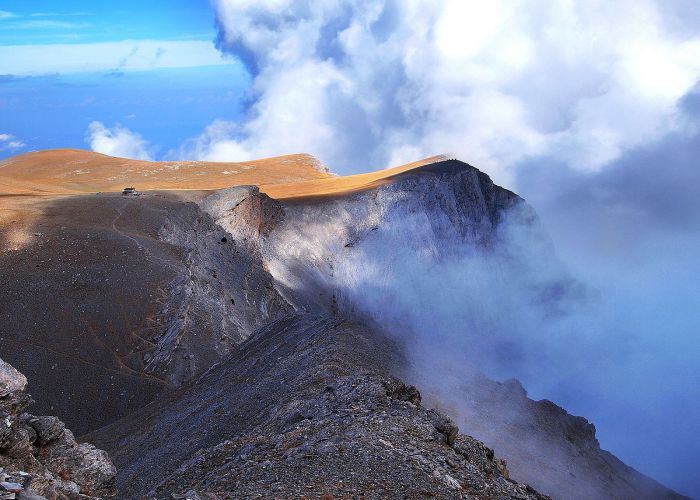
Mount Olympus massif is located approximately in the middle of mainland Greece. It is easily accessible from the Athens-Thessaloniki national road and rail network and country roads connecting the towns and Greek villages around the mountain.
The nearest international airport is that of Thessaloniki, and the closest train stations to Olympus are in Larissa and Leptokarya.
If you want to reach Mount Olympus by airplane, you can board a flight from Athens Airport to Macedonia Airport in Thessaloniki and cross the rest of the distance by car, bus, or train.
To reach Mount Olympus from Athens by train, you can board the ordinary or Intercity train from Athens to Larissa.
You can access Mount Olympus by taking the 390-km route from Athens to Elassona by bus. If your starting point is not the Greek capital, please know that the distance between Thessaloniki and Elassona is 150km, from Karya to Elassona is 36km, and from Kokkinoplos to Elassona is 22km.
Suppose you have rented a car in Greece. In that case, you can reach Elassona via the Athens-Larissa National Road, which stretches across 350km, and via the Larissa-Elassona Provincial Road, which is about 40km.
We can confidently say that if you want to climb Mount Olympus, you should know that it is more difficult than if you want to follow citation style rules or read an appropriate style manual. It's way less boring, though!
Hiking Mount Olympus, Greece
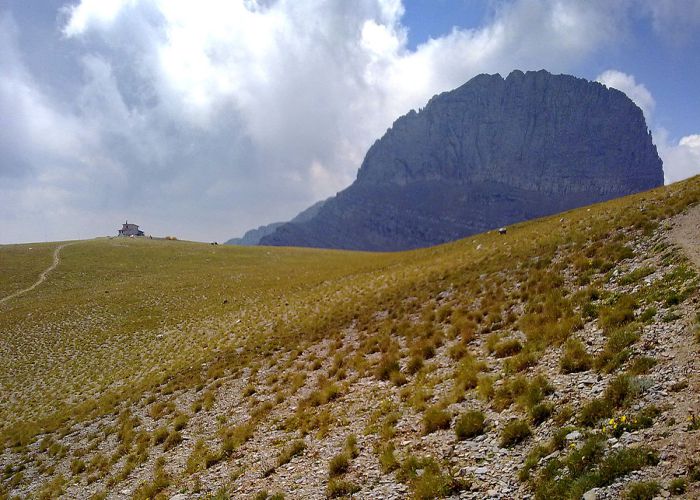
Olympus is undoubtedly the most famous mountain for hiking in Greece. Its impressive height, mythical charm, and easy accessibility make it an attraction for thousands of visitors worldwide.
The roads and several trails that cross the mountain mass, a network excellently preserved in most of it, allow the hiker and the visitor who does not have special mountaineering interests or knowledge to get to know Olympus, the varieties of flora and fauna, its many endemic species, and its natural beauty.
The main trail is the European Trail E4, which moves west from Litochoro towards the peaks, through the Enipea gorge. There is also the O2 National Trail, which connects the highest peaks to the south with Pelion.
In many places, sitting areas near springs and fountains offer visitors moments of rest and contemplation. The Forestry Service has placed informational signs with the map of the National Park and useful instructions in various places.
Experienced mountaineer fans with enough time at their disposal can ideally climb to the lofty mountaintop by the second route and descend by the first, staying overnight in the lodges.
Climbing Mount Olympus: Routes for reaching the Greek gods
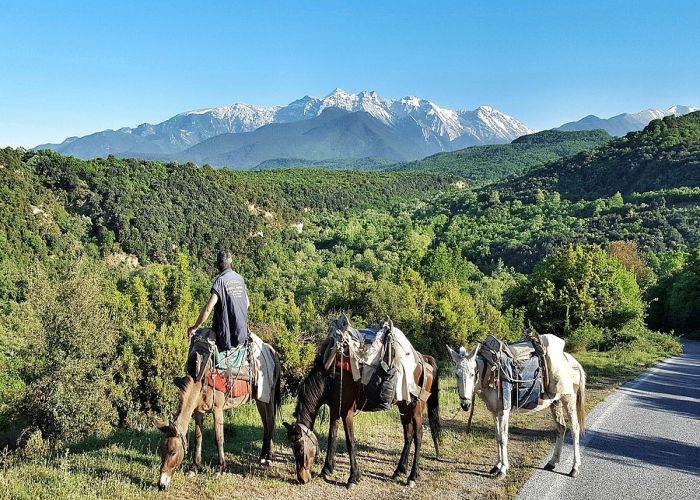
For climbers, Mount Olympus massif takes the cake for being one of the most fascinating spots. There are carefully organized routes and welcoming shelters. Mountaineering routes on Mt. Olympus start from Litochoro, Dion, and Petra.
Summer climbs on the mythical mountain of the Olympian gods usually start at the beginning of June and end at the end of September. It is the season when the shelters below the peaks are open, and the weather permits a climb without the snow gear and mountaineering experience that winter requires.
Climbing Olympus, and especially the high peaks, in the winter can only be done by experienced or professional rangers, for whom there are also challenging routes with climbs on the steep vertical slopes. First-time visitors should be limited to the summer months when the shelters also usually operate, and the climb is relatively more straightforward.
The two most beautiful routes for exploring Pieria's Olympus start from Litochoro and reach the peaks of the mountain. The first one follows the ravine of Enipeos. After about five hours of strenuous hiking, after passing the Monastery of Agios Dionysios, the visitor arrives at 'Prionia,' at an altitude of 1,100m.
There, you can find a sawmill that used to operate, and today, there is a picturesque restaurant for food, a spring with running water, and plenty of parking spaces. The same place, in 'Prionia,' can be reached alternatively by car after an 18km route.
From 'Prionia,' following the well-marked European Path 'E4' in about two and a half hours, the climber reaches, through a route of unique beauty, the main refuge of Olympus, 'Spilios Agapitos' at an altitude of 2,100m.
There, people who climb can rest, have lunch, or even spend the night, which is the most common solution. From the refuge, the E4 trail continues, leading to Olympus' peaks in about two and a half hours.
On the road to Prionia, at the 10th kilometer from Litochoro, at the 'Stavros position, there is the shelter 'Dim. Bundolas' at an altitude of 944m, which operates, after the construction of the road, mainly as a restaurant.
Mount Olympus Shelters
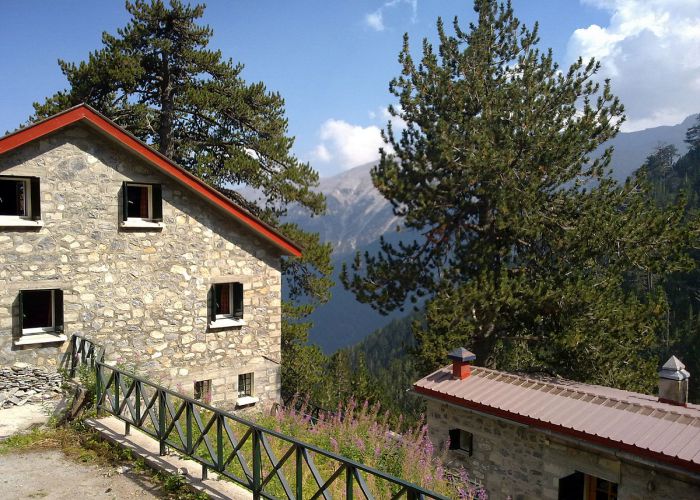
Spilios Agapitos
'Spilios Agapitos' refuge is the first and best shelter in the area. It is located at an altitude of 2,100m in the heart of Mavrologgos and belongs to the Hellenic Federation of Mountaineering Club. It has 110 beds, water, electricity, telephone, heating, blankets, and a restaurant. It operates from May to October.
Brysopoules
The 2nd of the trail refuges is located west, behind the ravine of Mavratzas in Vrysopoules, at an altitude of 1,800m and is also accessible by road from the area of Sparmos. It has 30 beds, a kitchen, water, electricity, central heating, and a fireplace. It operates all year round, but a military permit is required for overnight stays.
Christos Kakalos
It is located on the SW edge of the Muses plateau at an altitude of 2,648m. It operates from May to October and has 18 beds, electricity, blankets, a kitchen, and tank water. The administrator is one of the most experienced Greek climbers, the geologist Michalis Styllas.
Dimitrios Boutolas
It is located on the Eastern side of Olympus, 9.5 km by asphalt road from Litochoro at the height of 930m, in the forest of the Dionysiou Monastery. It operates all year round, mainly as a refreshment bar and restaurant, and can accommodate up to 30 people.
Jios Apostolidis
It is located on the Plateau of the Muses in Diaselo at an altitude of 2,760m. It can accommodate up to 80 people, has electricity, water, a fireplace, and an organized kitchen, and is open from June to October.
Petrostruga
It is located on the trail of the second most classic route of Olympus (D10) and follows the same trail to reach the Plateau of the Muses.
The shelter is at 1900m altitude and surrounded by centuries-old rombolas. It can accommodate up to 60 people, has an organized kitchen, electricity, water, and fireplace, and is open all year round.
The shelter is managed by the Hellenic Rescue Team. It provides organized medical equipment, one of the three emergency helipads on Olympus, and an emergency radio outside and inside the shelter.
Final Thoughts
With a unique richness in nature and a fascinating past, Mount Olympus is a place in Northern Greece one has to visit in their lifetime.
A natural, beautiful earthly paradise on the borders of Macedonia and Thessaly overlooking the Aegean Sea is available for you to explore; it is not by accident that it is the place on earth where the twelve Olympians feasted and lived!
For more information about your visit to Greece, check out our Greece vacation packages; you'll never look back!
Frequently Asked Questions
Is Mount Olympus a myth?
Can humans go to Mount Olympus?
